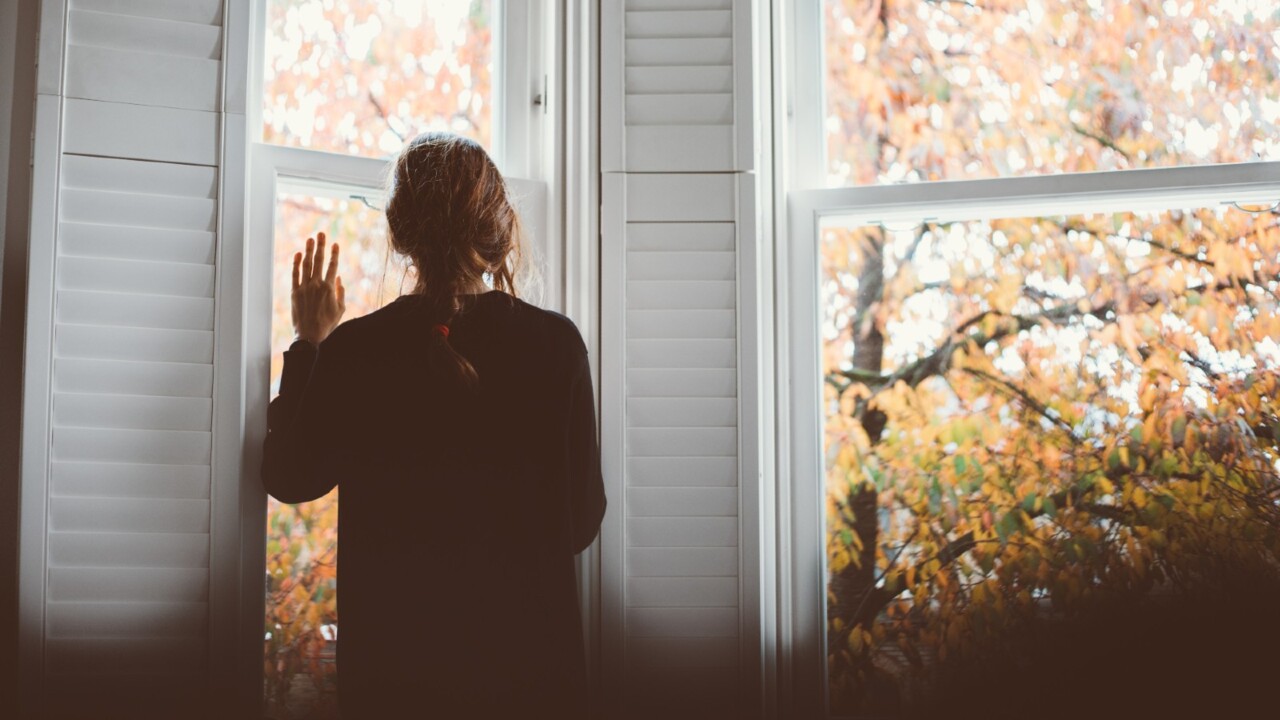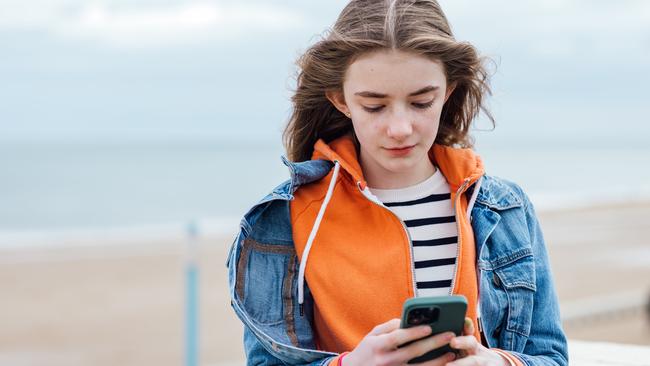How ‘hidden’ social media world promotes eating disorders to teens
Expert says parents would be “shocked” at the explicit pro-eating disorder content online, as a survivor warns she learnt most of her disordered behaviours from social media.

Mental Health
Don't miss out on the headlines from Mental Health. Followed categories will be added to My News.
Almost half of Australian teenagers have missed school because of body image issues, while almost 60 per cent say social media makes them feel worse about their appearance.
A survey of more than 1600 Australian teenagers has detailed the alarming toll their body dissatisfaction has on their lives, with 75 per cent wishing they were skinnier.
The Butterfly Foundations latest BodyKind Survey found poor body image had stopped about half of high schoolers from focusing on school work and raising their hand in class.
More than 45 per cent said they were so self-conscious they had avoided school all together.
Almost half of this group — representing a concerning one in five teenagers — did so “frequently”.
More than half of teenagers avoided friends and family, more than a third had avoided the doctor and almost 80 per cent had avoided the beach or pool.
Body dissatisfaction was not just related to thinness either and 66 per cent of young people said they wished they were more muscular.
Seven out of ten reported spending more time on social media than they would like to, and more than half said social media made them feel unhappy about their body.
It comes amid concern about the resurgence of “pro-ana” social media content, which promotes, glamorises and encourages disordered eating and behaviours, and has moved to TikTok in recent years.

Butterfly Foundation head of prevention Helen Bird said she suspected many parents would be “shocked at how explicit the content is”.
“But they also they probably have difficulty sometimes deciphering the messages themselves,” she said.
She said there was so much “noise” in society around fitness, thinness and dieting, and it was a struggle for everyone — but there were things we could do improve our body image.
“Being kinder towards our bodies, being more appreciate of what our body allows us to do, focusing on its functionality,” she said.
“Reducing the amount of appearance talk that's in our every day lives.”
“The commentary that goes on in our heads, try to reframe that into a more positive commentary, talking to yourself as you would a friend.”
Teenagers surveyed by the report also called out social media platforms, from algorithms that push “pro-ana” social media accounts onto their feeds and filters that slim users photos to a failure to moderate comments.
One respondent said “every time I see a video with a person who is not “skinny”, the comments are awful” while another said she was a recovering anorexic who – despite blocking multiple ‘pro-ana’ accounts – still received content on their feed.
Echuca’s Molli Johns was diagnosed with atypical anorexia as a teenager and was not surprised by the survey’s findings, especially relating to social media.

Ms Johns, now 22 and in recovery, said while multiple factors — particularly dancing — influenced her eating disorder, social media was a significant trigger.
“I remember watching this video and quite literally from this point onwards I would look in the mirror and I would hate even more what I was seeing and start to make choices around food based on my appearance,” she said.
She said, if she could give one piece of advice to her younger self, it would be to get off social media.
“My brain was so innocent, that I would never have even thought ‘oh I don’t like my body, let’s not eat’,” she said.
“That wouldn’t have even crossed my mind if I hadn’t read about it on social media.
“Most of my behaviours came from learning about them online.”
Ms John said she missed out on friendships and relationships due to her eating disorder, but recovery was possible.
“It was really important for me to find things in food, in movement, in exercise, in like everyday life that I enjoy,” she said.
She said previously she put so much energy into her eating disorder, so it was important to find new things to put her energy into.
“Just finding things I enjoyed outside of an eating disorder brain was really helpful in navigating a positive body image and positive relationship with food,” she said.
Butterfly National Helpline 1800 33 4673
More Coverage
Originally published as How ‘hidden’ social media world promotes eating disorders to teens




